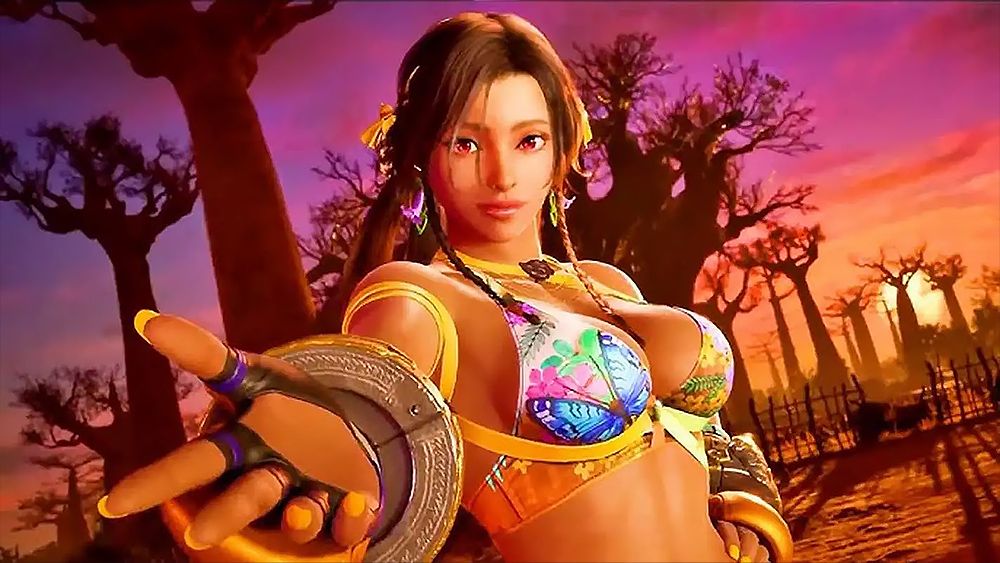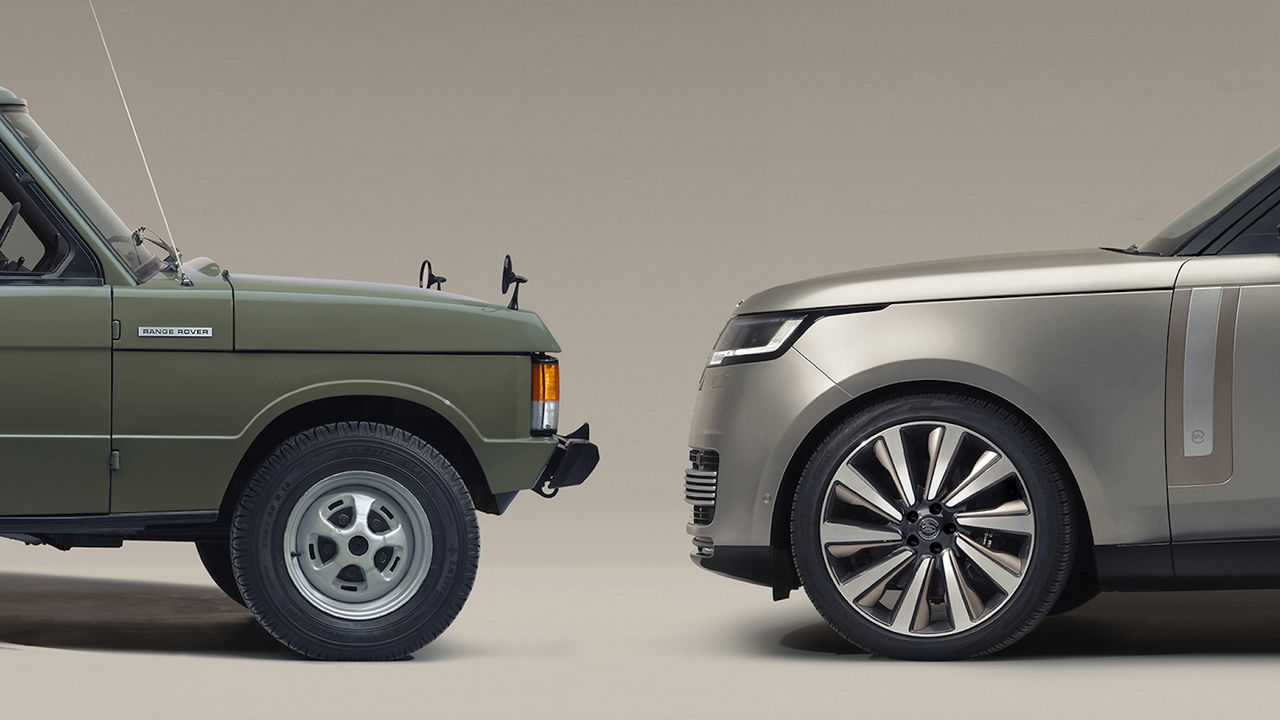L'Apple Watch a enfin récupéré la fonction de mesure de l'oxygène dans le sang, après l'avoir supprimée en raison d'une poursuite pour violation de brevet. Mais qui peut vraiment croire que cette "redesign" est une solution? C'est un affront à tous les utilisateurs qui ont été privés d'une fonctionnalité essentielle pendant des mois ! Apple joue avec notre santé tout en se battant dans les tribunaux. Cette situation montre à quel point les entreprises sont prêtes à sacrifier la qualité pour des gains financiers. Il est inacceptable qu'une telle technologie soit mise sur le marché sans que les consommateurs ne soient protégés. Assez de cette hypocrisie !
#AppleWatch #Santé #Technologie #
#AppleWatch #Santé #Technologie #
L'Apple Watch a enfin récupéré la fonction de mesure de l'oxygène dans le sang, après l'avoir supprimée en raison d'une poursuite pour violation de brevet. Mais qui peut vraiment croire que cette "redesign" est une solution? C'est un affront à tous les utilisateurs qui ont été privés d'une fonctionnalité essentielle pendant des mois ! Apple joue avec notre santé tout en se battant dans les tribunaux. Cette situation montre à quel point les entreprises sont prêtes à sacrifier la qualité pour des gains financiers. Il est inacceptable qu'une telle technologie soit mise sur le marché sans que les consommateurs ne soient protégés. Assez de cette hypocrisie !
#AppleWatch #Santé #Technologie #
1 Commentarii
·0 Distribuiri
·0 previzualizare










